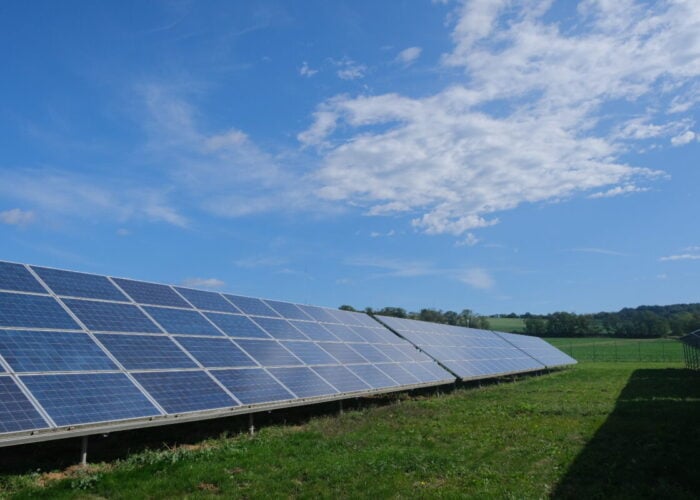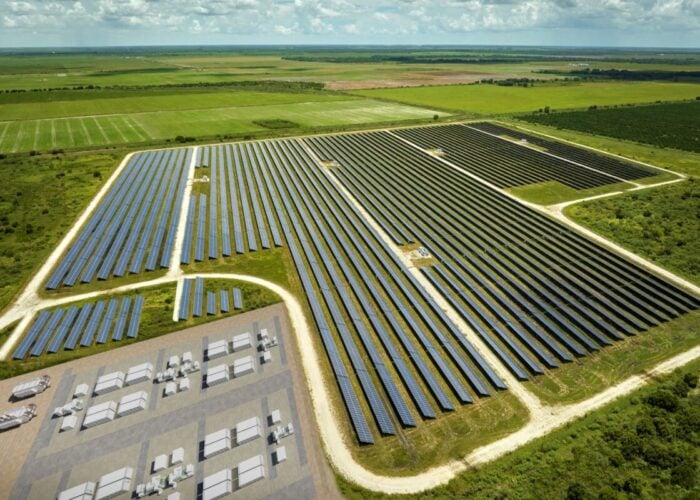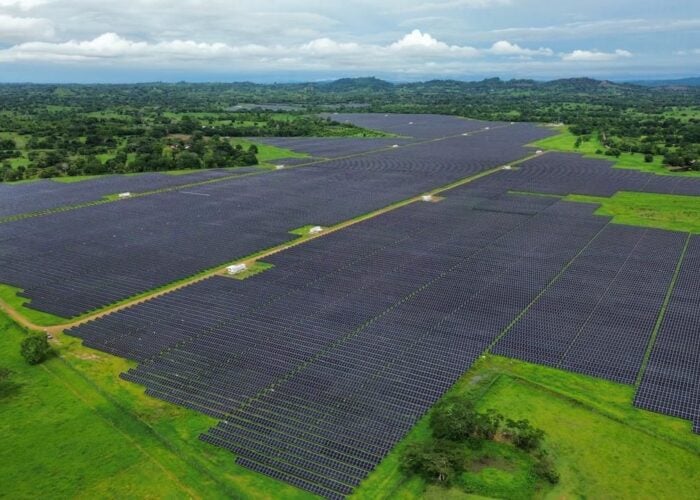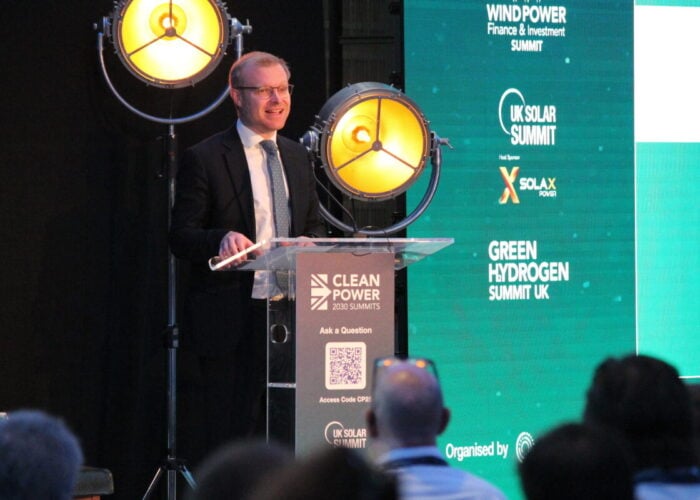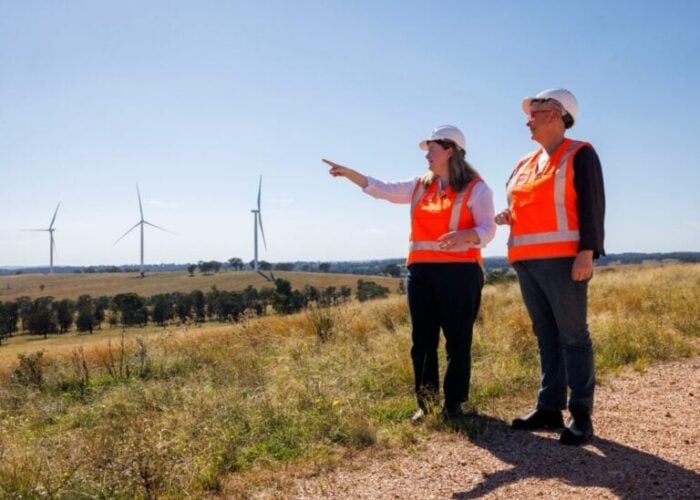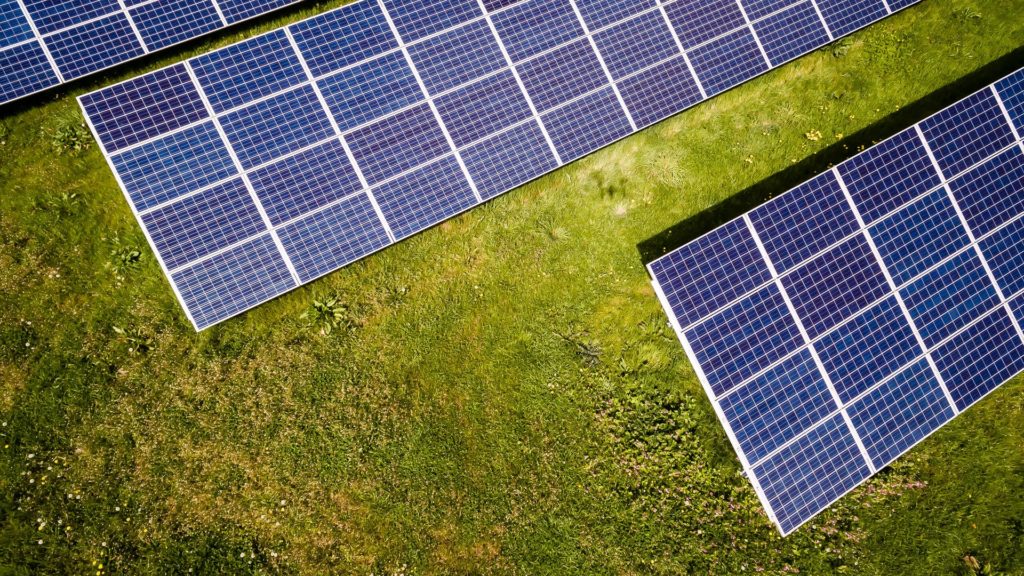
The world is increasing its installed solar PV capacity, and 1TW is forecast to be added annually by 2030, while the annual polysilicon and wafer production capacity will continue to rise, according to the report Powering a Green Future: A Forecast to 2030 for Solar, Wind, and Energy Storage published by Taiwanese renewables research firm InfoLink Consulting.
The global solar PV market installed 250GW of new capacity in 2022, bringing the cumulative installed capacity to 1TW. Newly installed capacity will increase to 1TW in 2030, and the cumulative installed capacity will reach 6TW in the same year.
Unlock unlimited access for 12 whole months of distinctive global analysis
Photovoltaics International is now included.
- Regular insight and analysis of the industry’s biggest developments
- In-depth interviews with the industry’s leading figures
- Unlimited digital access to the PV Tech Power journal catalogue
- Unlimited digital access to the Photovoltaics International journal catalogue
- Access to more than 1,000 technical papers
- Discounts on Solar Media’s portfolio of events, in-person and virtual
China will continue to be the dominant player in the solar PV industry. In 2023, China could accumulate 150GW of installed PV capacity, increasing by 72%, or 63GW, year-on-year. The report also projects that China will reach 893 GW of cumulative installed PV capacity by 2025.
The US added only 20GW of PV capacity last year, mainly due to the effects of tthe Uyghur Forced Labor Prevention Act and price fluctuations across the supply chain. But the market is set to improve this year and return to 30-40GW in 2023 driven by the Inflation Reduction Act. By 2030, the US market is expected to see 115GW of installed PV capacity per year.
In Europe, the market is forecast to add 64GW of installed capacity in 2023, a 38% year-on-year increase. The growth should continue and reach about 100GW of annual capacity addition by 2030. Germany continued to be the largest solar PV market in Europe as the Federal Ministry for Economic Affairs and Climate Action (BMWK) aimed to have 75GW of installed PV capacity in 2023, meaning to add 9GW within the year. From 2026-2030, Germany is expected to add 22GW a year.
Apart from solar PV installed capacity, the report also examined the industry’s supply chain. As of the end of 2022, the annual polysilicon production capacity reached 1.24 metric tonnes (507GW), representing a 72% growth from a year earlier. In 2023, the growth rate is expected to be 75%, the highest over the past decade. By the end of 2030, the annual production capacity will reach 4.83 metric tonnes (over 2,000GW), quadrupling that of 2022.
In the polysilicon sector, the top five manufacturers boasted 898,000 metric tonnes (367 GW) of production capacity, accounting for a market share of nearly 72%. However, with high profits during 2021 and 2023, the industry attracted many new entrants, driving down the market share of the top five to 65% to 70% after new capacities came online.
Wafer also enjoyed growth in 2021 and 2022. As of the end of 2022, the annual wafer production capacity was nearly 600 GW, having increased by 62% year-on-year. However, the expansion of wafer production slows down due to the high base effect, with an annual growth rate of around 46%. The annual production capacity is expected to reach nearly 1,400GW in 2030.
Currently, China dominates the wafer sector with its cost advantage. As of 2022, China’s annual wafer production capacity reached 583 GW, representing up to 98% of the global capacity. By the end of 2030, the global production capacity is expected to increase to about 1,400GW, with China according for almost 95% of the global capacity.

